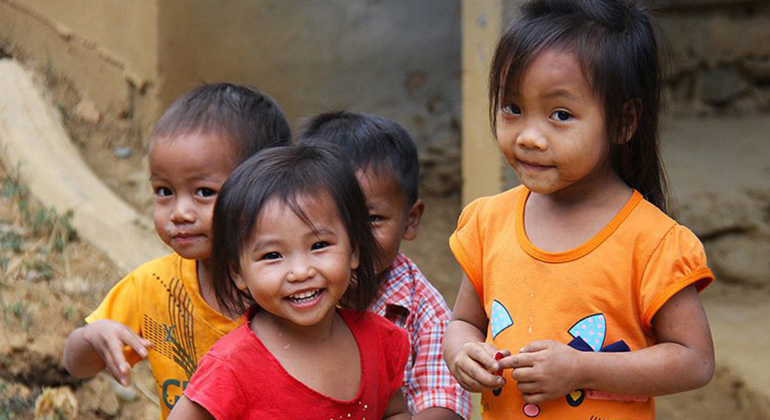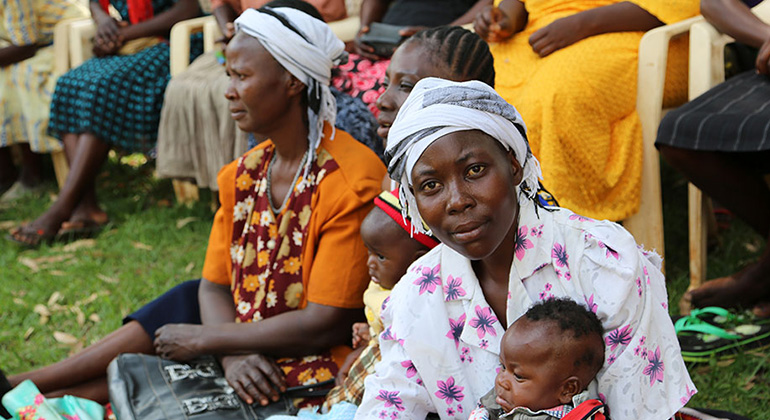-
-
-
Barrackpore, Kolkata - 700122

Give the Poor Help
for Families.
There are many variations of passages of Lorem Ipsum Fasts by
injected
humour, or randomised words which...


Give the Poor Help
for Families.
There are many variations of passages of Lorem Ipsum Fasts by
injected
humour, or randomised words which...


Give the Poor Help
for Families.
There are many variations of passages of Lorem Ipsum Fasts by
injected
humour, or randomised words which...

Major activities of ANANDA
Because Everyone Deserves Clean Water
To make sure education of poor children While atever motivates you to host,your participation has the.
Child Deserves Better Healthy Foods
To make sure education of poor children While atever motivates you to host,your participation has the.
Start investing in our volunteer group
To make sure education of poor children While atever motivates you to host,your participation has the.
Childhood Education Development support
To make sure education of poor children While atever motivates you to host,your participation has the.


ABOUT US
We Can Save More Lifes With Your Helping Hand.
Lorem ipsum is simply free text dolor sit amet, consecteturadipisicing elit sed do eiusmod tempor incididunt ut labore et dolore magna aliqua lonm andhn.
-
It service for business network.
ill give you a complete account of the system, and expound the actual teachings...
-
Business success rate solving.
ill give you a complete account of the system, and expound the actual teachings...
OUR Projects
We Popular To Provide
Of Experience.

Implest and Quickest While building out a new website you literally no idea of where to start.

Implest and Quickest While building out a new website you literally no idea of where to start.

Implest and Quickest While building out a new website you literally no idea of where to start.
We Popular To Provide
Years Experience.
00
+Start Donating
00
+Become Volunteer
00
K+Quick Fundraise
00
+Pioneer throughs
We Are To Provide Years Of Skill Now.
Lorem ipsum is simply free text dolor sit amet, consectetur adipisicing elit sed do eiusmod tempor incididunt ut labore et dolore magna aliqua lonm andhn.
OUR BLOG
Latest News & Update.
11 Jun 2024
Hello world!
Welcome to WordPress. This is your first post. Edit or delete it, then start writing!
23 May 2023
How Small Acts of Kindness Can Change the World
Ut enim ad minim veniam, quis nostrud exercitation ullamco laboris nisi ut aliquip ex ea…
23 May 2023
Fighting Hunger, One Meal at a Time
Ut enim ad minim veniam, quis nostrud exercitation ullamco laboris nisi ut aliquip ex ea…



